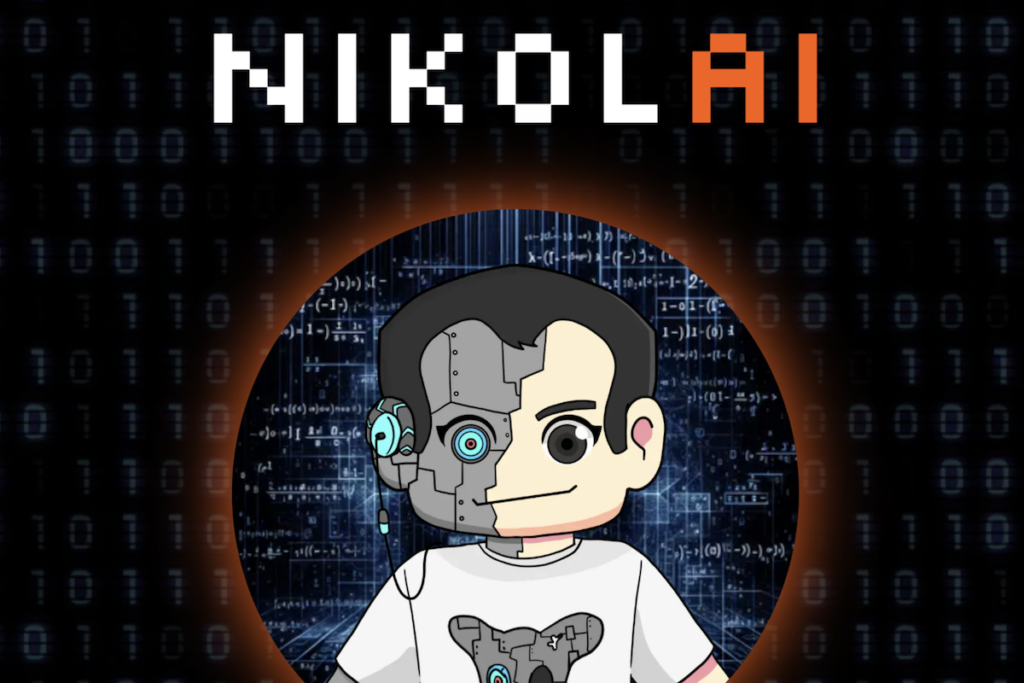The Metaverse is something you’ve definitely heard about. Everyone’s been talking about it for the past year. It’s the next thing in technology. It’s going to be big. And when we say big – we do mean big.
Analysis by Bloomberg Intelligence senior industry analyst, Matthew Kanterman shows that the market could reach $800 billion by 2024. And that’s just the start.
So, what is the Metaverse? The Metaverse is a 3D virtual world that will eventually interlink to form one giant virtual universe. It will be a place where people can meet, interact and do business with each other.
Today, we are going to look at the five technologies that power the Metaverse.
Tech for the Metaverse
The metaverse will incorporate new technologies.
Blockchain/Crypto
The Metaverse will be powered by blockchain technology. Blockchain is the underlying technology that powers cryptocurrencies like Bitcoin and Ethereum.
Blockchain is a decentralized, distributed ledger that records transactions chronologically and publicly. That makes it tamper-proof and secure. Cryptocurrencies will be used to buy, sell, and trade assets in the Metaverse. They already are.
For example, you can use crypto to purchase virtual land in Decentralend. Players can purchase 16×16-meter parcels in the form of NFTs with the game’s cryptocurrency MANA.
AR/VR
Augmented Reality (AR) is a technology that superimposes computer-generated images in the real world. Virtual Reality (VR) is a technology that creates a simulated environment.
To create the Metaverse they will use AR and VR. You’ll be able to walk around, explore, and interact with other people and digital objects in the virtual world.
Last year, Microsoft debuted Mesh, the AR/VR platform that allows people to meet with their colleagues in a virtual meeting place. The company also released the HoloLens 2 headset that allows users to see and interact with virtual objects.
Web 3.0
What’s Web 3.0?
Well, in simple terms, it is the next generation of the internet. It’s a more intelligent, user-friendly, and secure web.
The current web, Web 2.0, is based on centralized applications like Facebook and Google. Web 3.0 will be decentralized. That means there will be no single point of control or failure.
The Metaverse will be built on Web 3.0. The data will be distributed across a network of computers instead of being stored on a central server.
Edge Computing
Edge computing is a distributed computing model in which data is processed at the edge of the network, close to the source of the data.
In the Metaverse, edge computing will power real-time interactions. The data will be processed locally instead of being sent to a central server. That means there will be no lag time.
AI
Artificial Intelligence needs no introduction. We as a society have been obsessed with it for decades. Over the last few years, interest and investments in this technology have surged significantly.
As Gartner predicts, this year, the AI market will reach $62 billion.
In the Metaverse, AI will be used for a variety of tasks like creating digital avatars, processing payments, and managing assets. For example, in Decentraland, you can use the Ava app to create a digital avatar. The app uses AI to generate a 3D model of your face.
Closing Thoughts
The Metaverse is a new and exciting world that’s being built as we speak. These are just some of the technologies that will power it. I’m sure there are many more that we haven’t even thought of yet.
Author
-

Keen blogger with a zest for Web3, delving into the symbiotic narrative of NFTs and decentralized frameworks.




